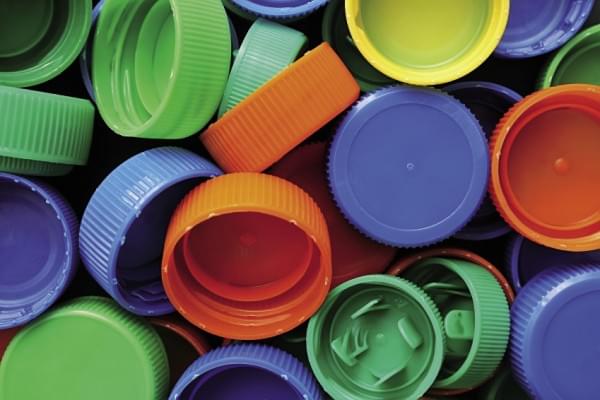Packaging weight is shrinking, but the industry isn’t
Miklós Nagy, general secretary of the Hungarian Association of Packaging and Materials Handling (CSAOSZ) told our magazine that in 2013 the Hungarian packaging industry realised a turnover of HUF 477 billion, which is about the same as in 2012. Calculated in weight, packaging material use was 3 percent lower than 2012 and amounted to 834,000 tons (this is an estimation). Packaging material manufacturers keep reducing the weight of packaging materials and promote using less material. On the one hand, in order to cut costs and on the other hand, because of environmental considerations. Mr Nagy highlighted that the biggest innovations of the recent period are related to the so-called flexo technique, used in the printing of flexi-wall packaging materials. As for raw material use, the trend is the same in Hungary as in more developed countries: paper and plastic are the most widely used materials. Paper packaging material use reduced by 2 percent in terms of weight. In this segment domestic production is dominant and import is bigger than export. More than 90 percent of domestic products are cardboard and corrugated board products. Manufacturers are introducing state-of-the-art technology, for instance Dunapack modernised its Nyíregyháza factory from HUF 1.7 billion. Plastic packaging material: domestic production, import and export are all increasing. In the most important bag and sack category material use grew by 5 percent last year. Flexi-wall packaging material use was growing rapidly, in part because they are cheaper to manufacture than other materials. In the metal and glass packaging material segment there is stagnation; in the metal category domestic production is bigger than the import, while in the glass category import is bigger than our own production.
Opinion about metal is good because this material is the second most recycled after paper. Wood packaging material: value sales dropped but in terms of volume only the export performance worsened. Nearly 80 percent of the category is made up of pallets. Mr Nagy also told that because these days Hungarian consumers go shopping less often than in the past, those packaging solutions have become dominant which guarantee longer shelf life for products. Smaller families and the growing number of single households have created increased demand for smaller packaging units. Since Hungarian consumers and businesses are very price-sensitive, the market isn’t really ready for green packaging solutions yet. It is great news and an excellent promotional opportunity for the export-oriented Hungarian packaging industry that in 2016 the World Packaging Organisation will hold its annual meeting in Budapest and the award ceremony of its international competition will also take place in the Hungarian capital.
Related news
Related news
KSH: industrial production fell by 5.4 percent in November compared to the same period of the previous year and by 2.0 percent compared to the previous month
🎧 Hallgasd a cikket: Lejátszás Szünet Folytatás Leállítás Nyelv: Auto…
Read more >NGM: the SZÉP card is the engine of tourism, usage increased by 12 percent in November
🎧 Hallgasd a cikket: Lejátszás Szünet Folytatás Leállítás Nyelv: Auto…
Read more >EP committee supports eight Hungarian energy investments
🎧 Hallgasd a cikket: Lejátszás Szünet Folytatás Leállítás Nyelv: Auto…
Read more >






